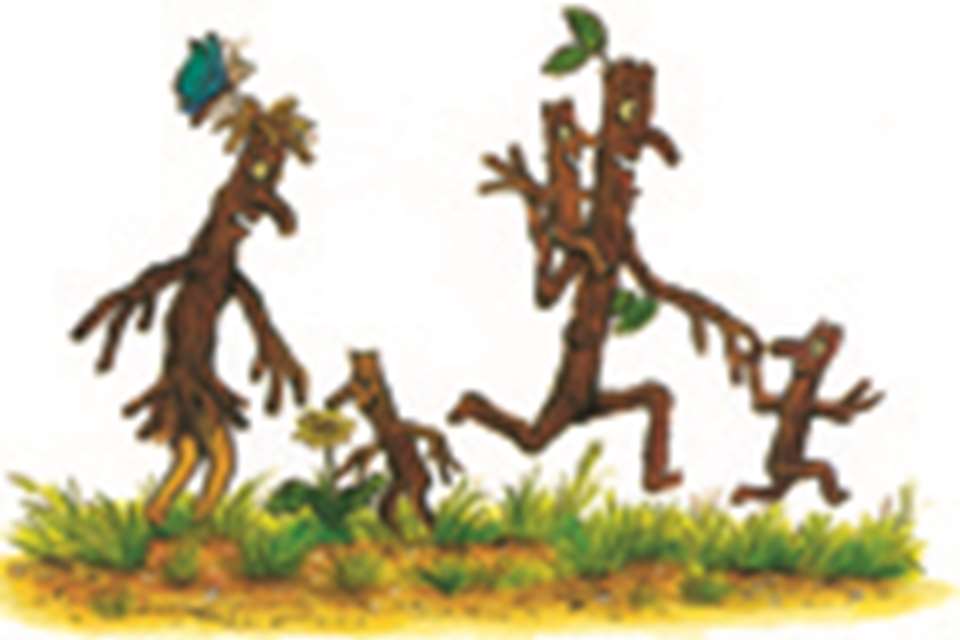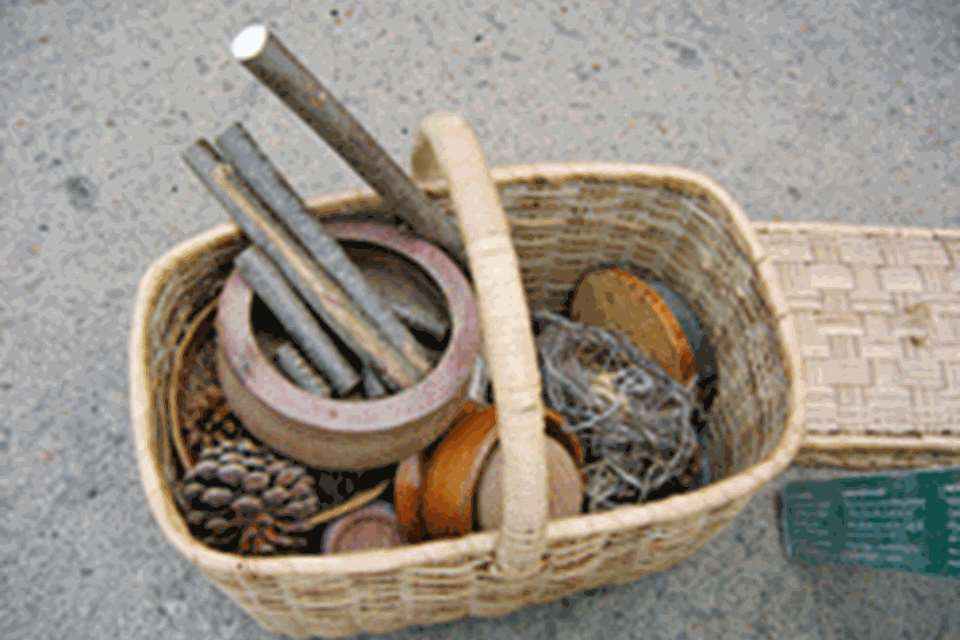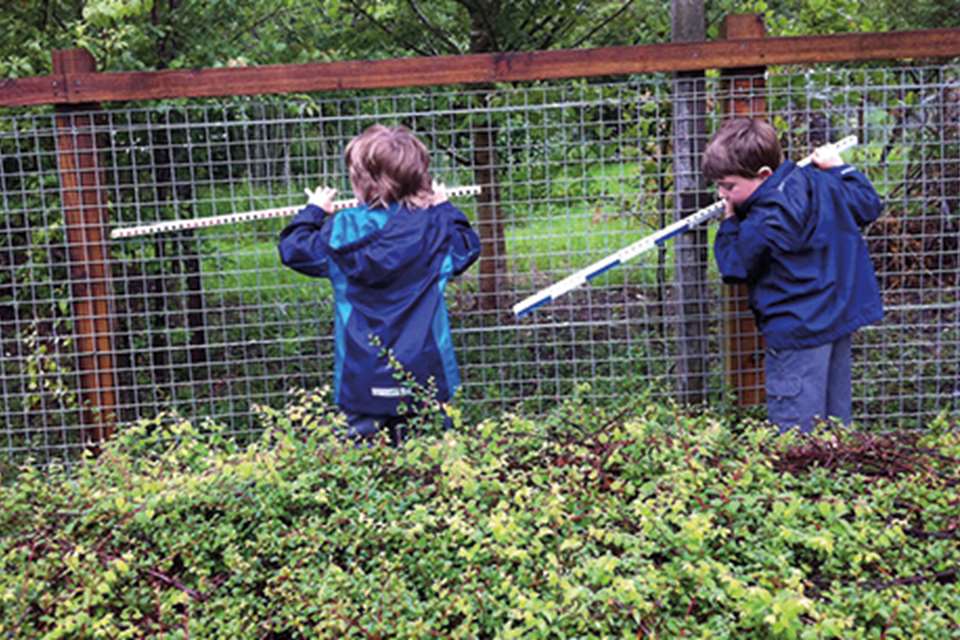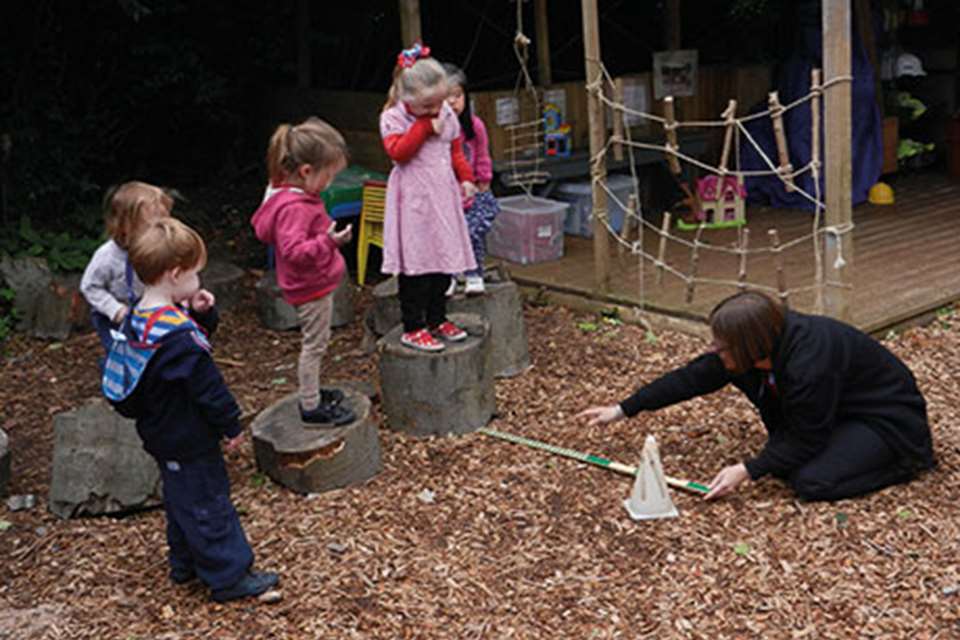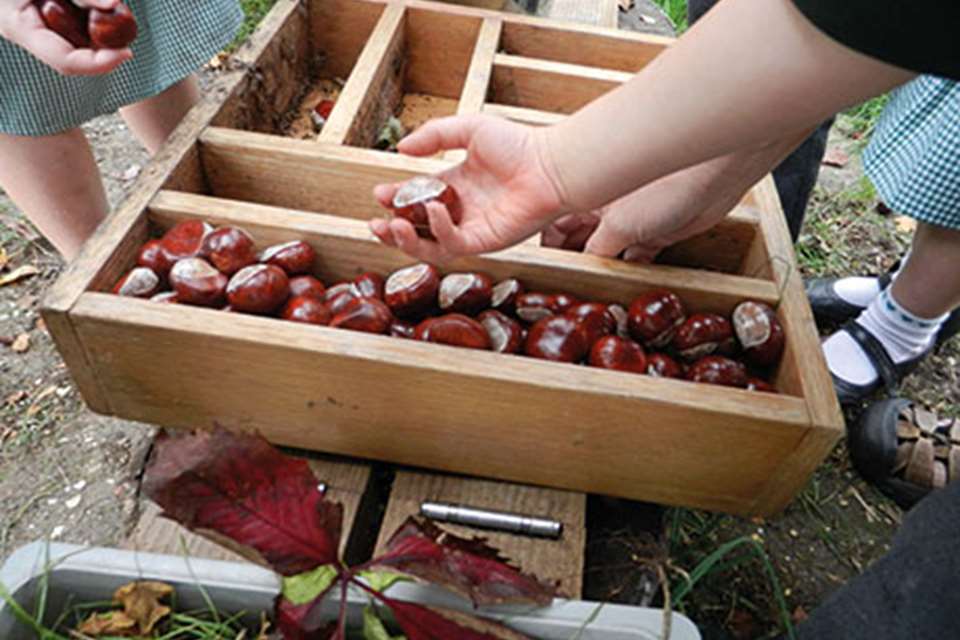EYFS Activities: Five ways to explore… sticks
Julie Mountain
Monday, November 12, 2018
Autumn’s abundance of fallen sticks could be the start of a stick love affair in your setting! By Julie Mountain
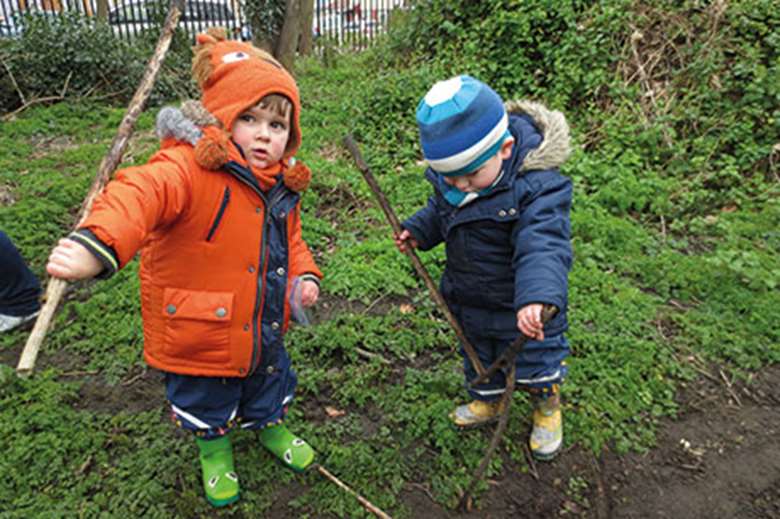
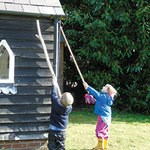 1 STACKS OF STICKS
1 STACKS OF STICKS
To make the most of the multitude of affordances that sticks offer, you’ll need plenty of them, and of every size and shape you can find. Curate a collection: alder, ash and hazel trees are a wonderful source of straight, smooth, long sticks, and are perfect for coppicing – in other words, harvesting sticks will encourage the tree to grow more.
Large hardwood branches might be harder to source, but after an autumn gale, head to your local park with some secateurs and loppers.
Store your sticks safely – check out Pinterest for creative storage ideas.
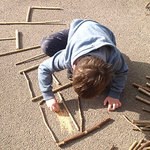 2 MEASURING STICKS
2 MEASURING STICKS
Using secateurs, cut a collection of straight, narrow sticks into lengths of 1m, 50cm and 10cm. Aim to have at least five 1m, ten 50cm and 20 10cm lengths. Using a veggie peeler, whittle away a small section of bark from each stick and use permanent markers to write 100, 50 and 10 on the sticks. You could also paint the ends in matching colours. Using these sticks in free play will help children to internalise the concept of length. Encourage them to use the sticks to estimate, then measure heights/distances using the sticks.
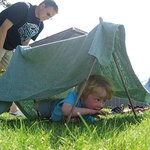 3 BUILDING STICKS
3 BUILDING STICKS
A collection of chunky natural sticks – which for young children means a diameter of at least 5cm and at least 1m long – is perfect for enhancing construction play and den-building.
Increase choices by drilling holes at various intervals so that string or elastic can be threaded through to aid joining, and mix and match the sticks with your hollow blocks, crates and pallets.
4 STOMPING STICKS
Each child will need their own large stick – choose sticks that are at least as tall as the child, and have a thick diameter so that they really have to work to keep their stick balanced. Start this rhythm activity by practising handling the stick:
Hold it vertically in one hand and release it into the other hand, without letting it touch the ground – then back again.
Using both hands, twirl the stick around in a large circle.
Hold it horizontally and find its centre of gravity by balancing it on one hand.
Bang one end of the stick onto the ground, counting from one to ten. Notice how each stick makes a subtly different noise.
Stand on a hard surface and make a large circle of children and sticks. Tap out a simple rhythm on the ground, asking children to listen to it and then copy it with their own stick. Repeat until each child can accurately listen and copy, then try a more complicated sound pattern.
Give children the opportunity to make up their own rhythms too. You could also ‘play’ a percussion tune (for example, ‘If you’re happy and your know it, stomp your stick’) or a nursery rhyme (for example, ‘One, two, buckle my shoe’).
5 JOURNEY STICKS
Creating beautiful or idiosyncratic journey sticks is a traditional activity. Each child collects an interesting stick, approximately the length of their arm – the more knotted and intriguing the better – and takes a journey around the setting’s garden (or park or the woods) and collects objects to attach to the stick to tell the story of the journey. Place ten to 15 thick elastic bands on each stick so children are able to secure their objects to the stick independently.
Back in the setting, sit outdoors and recall your journeys using your sticks. Did anyone collect matching objects? Who found the biggest/smallest object? Whose stick is the most colourful?
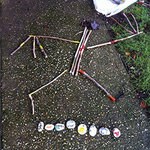 And another thing…
And another thing…
Stick play is low-risk, high-value play, but you should plan for inevitable splinters, scrapes and the odd bash, as all of these activities are intended to be physically demanding. Give children the option of wearing gardening gloves and remind them to walk around holding sticks upright to avoid accidentally poking their friends. Encourage children to collaborate when moving the larger, heavier sticks, and to return them to the Stick Base at the end of play.
MORE INFORMATION
For more ideas about using sticks, plus stick safety and further reading, visit my blog post: https://bit.ly/2zfUHUN


